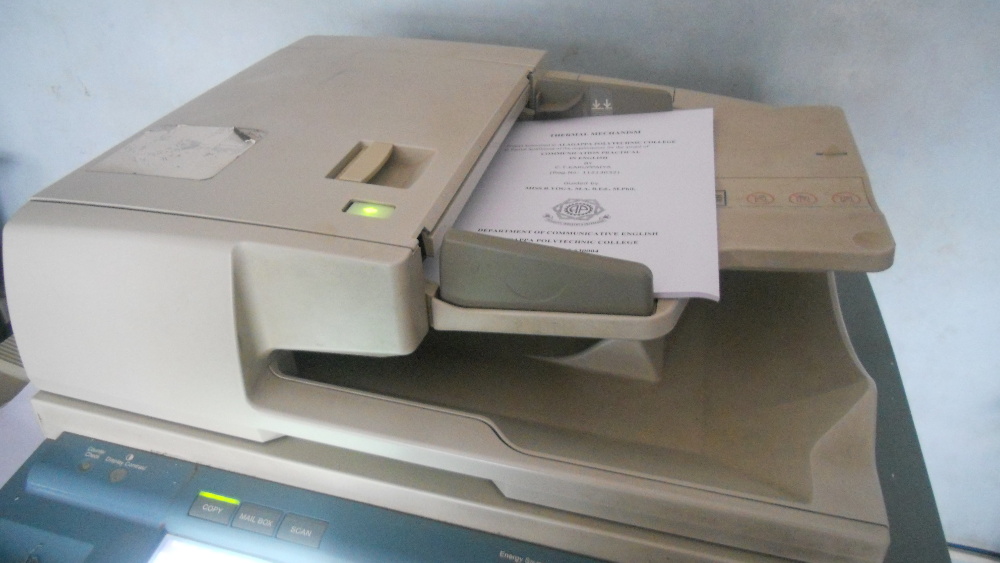If you know where to look there are usually many signs that a business IT system is in trouble. This post is going to cover some of the common symptoms that are associated with Data Duplication problems and what you can do about them.
Common symptoms of Data Duplication problems.
Data duplication is a sure sign that all is not well with your Information Technology system. Processing data more than is necessary is expensive and it is slow making your organisation less responsive to change.
1. Decisions are made using incorrect data.
Unfortunately, this type of problem only becomes apparent after the damage has been done. In my experience the default response is to establish a reconciliation process in an attempt to alert the decision makers to the presence of any doubtful data before it is too late.
At first glance this appears to be a reasonable approach. However, it seeks to address a symptom while the underlying problem remains hidden waiting to strike again and again. Furthermore, reconciliation processes can work against a business by increasing both the cost and the time required to delivery information to key decision makers.
2. Updates to key information are not readily available.
Problems of this type can occur anywhere in an information system. However, they tend to be most prevalent wherever there is batch-processing. For example, branch sales figures may not be available at head office until long after the trading day has completed.
Organisations typically suffer this problem and come to accept the inconvenience that it causes as the norm.
3. There’s a preferred source of key information.
Depending on the size of your business you may be unaware that this problem exists. Overtime members of your team may perceive that one IT system is more reliable or trustworthy than the other. Where this is the case different employees may choose different data sources leading to information inconsistencies that are hard to detect.
4. Business processes are delayed until the IT system has been updated.
This is a variation of symptom number 2
5. Daily reconciliation reports are required to verify the business data.
The requirement to perform reconciliations between independent IT systems is indicative of an information system architecture that is in need of some TLC.
Be TechPositive™ going forwards.
Data duplication increases the cost of processing and storing your information. In addition, the need to verify the accuracy of the data before its use will delay its delivery and impact the responsiveness of your organisation.
An organisation that experiences these issues has an IT system that requires corrective action in order to align it with the business strategy.
Progress will mean that there is only one system of record for any item of data. The process of selecting the appropriate system is beyond the scope of this article, but once the decision has been made the other system (or at the very least the duplicated data component) must be decommissioned.
Being TechPositive™ involves eliminating wasteful IT systems and processing. In order to ensure that what remains is lean, efficient and effective.

